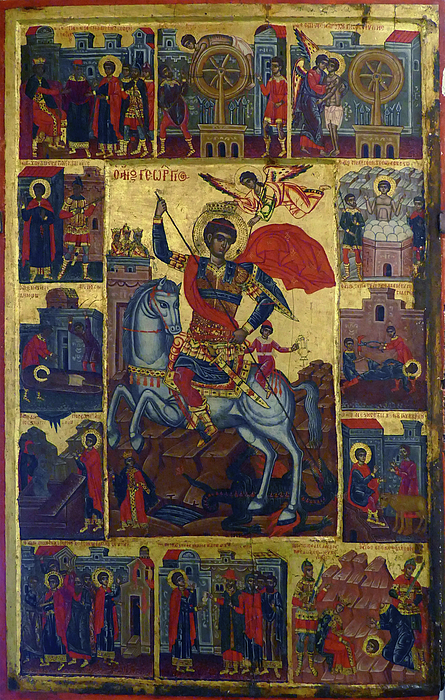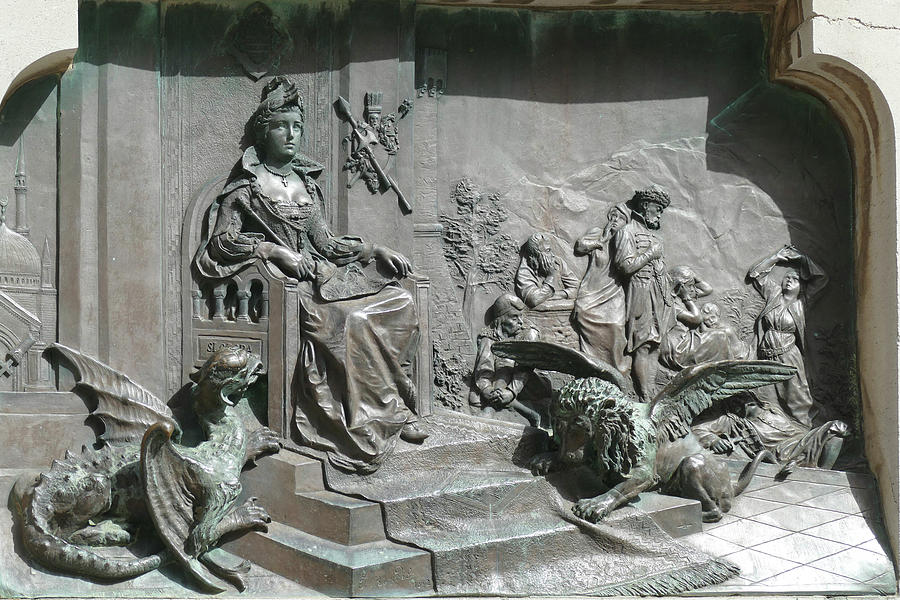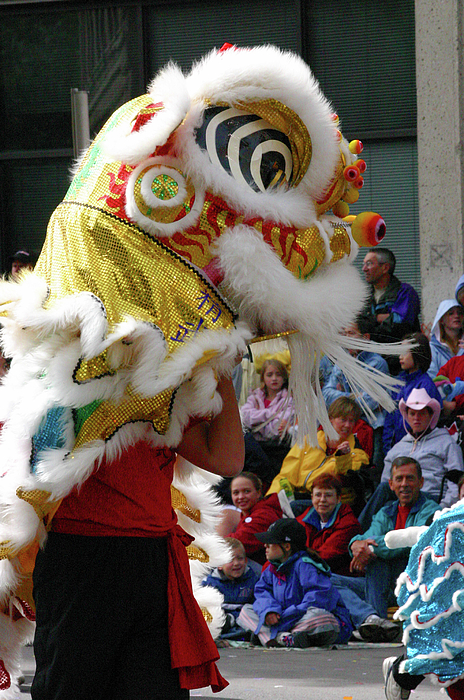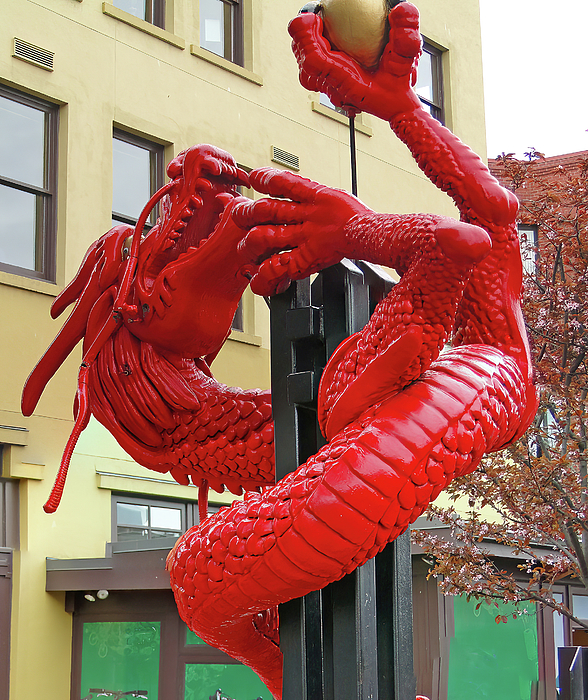In Europe, dragons have a long and rich history,
dating back to ancient times. In ancient Greece, dragons were dangerous beasts, associated with death and destruction. They depicted as large, serpentine creatures. with wings and sharp claws. Later they morphed to the now popular view of 4 legged, winged creatures. Belief in dragons was bolstered by the discovery of dinosaur fossils, understandably misinterpreted as the remains of dragons.
Other posts in the Dragons series:
- Modern Dragon Sightings
Here Be Dragons: Chinese, other Asian & Continental dragons
Download royalty free Dragon images
Dragon image gallery
Buy Dragon prints, mugs, jigsaw puzzles & other products
Early Christian depictions the dragon represented Lucifer’s rebellion:
“And there was war in heaven: Michael and his angels fought against the dragon; and the dragon fought and his angels, and prevailed not; neither was their place found any more in heaven” (Rev. 12:7). -inspired an Albrecht Durer woodcut.
In early medieval European art, dragons continued to be a popular subject, but portrayed in a more Christianized context.
Fierce beasts, they were defeated by Saint George or other Christian saints, symbolizing the triumph of good over evil. These artworks displayed the dragon being defeated by the saint, who was usually shown riding a horse and holding a spear or sword.

In later medieval Europe, secular dragons remained a popular subject in art and literature; often depicted as fierce creatures that needed to be defeated by (mere) knights. The dragon became a symbol of evil and malevolence, and the dragon-slaying knight became a popular archetype in stories and legends.
During the Renaissance, dragons still informed European art, but they were often portrayed in a more realistic and somehow naturalistic style. Artists like Albrecht Dürer and Leonardo da Vinci created detailed drawings and sketches of dragons, often incorporating the latest scientific knowledge about these creatures. They were also often depicted in an allegorical context, with dragons representing the dangers of temptation or the power of knowledge.
In Germanic and Norse traditions, dragons were often depicted as a “Lindworm,” a variation on the serpentine creatures known as the wyvern. They usually appeared as monstrous serpents, sometimes with wings and legs, but more often as gigantic snake-like creatures than traditional dragons.
And, of course, there’s my GOAT dragon, Fafner,
of Wagner’s Ring opera ‘Siegfried’. I’ve seen him portrayed by Seattle Opera in traditional form in 76, and as a pair of crab legs descending from the flyspace in the 80s. But the most memorable was in 1995:
The idea in this particular Ring, set in the 19th century, was to have a dragon with a locomotive for a body and huge scoop shovel for a mouth. Above the mouth were eyes and out of its mouth could belch a huge flame, smoke or nitrogen, the latter forming what appeared to be the poisonous drool described by Wagner. Inside the shovel mouth, it had huge steel teeth. It moved electronically, with several crew members on both sides. The Fafner (Gabor Andrasy) seemingly ran the machine, as he ran around a platform on the locomotive. It poured out flame twice; after the second spout of flame, Siegfried leapt up on the machine and stabbed the Fafner. When he was stabbed, the machine ceased to emit smoke, and the crew members “leading” it all fell to the stage, seemingly dead
from SeattleOpera50.com
In more recent times, dragons have continued to appear in European art, but they have taken on a more whimsical and fantastical form. They are often depicted as friendly creatures, appearing in children’s books and movies, and are also used as a symbol of national identity in countries such as Wales and Scotland.
Dragons of Slavic mythology,
known as zmeys (Russian), smok (Belarussian), zmiy (Ukrainian), are generally seen as protectors of crops and fertility. They tend to be three headed, conglomerates of snakes, humans and birds. But never bound to one form and often shape shift. They are however, Often portrayed as male and sexually aggressive, they mate with humans. They are associated with both fire and water.
The most famous Polish dragon is the Wawel Dragon or smok wawelski. It terrorized ancient Kraków and lived in caves on the Vistula riverbank below the Wawel castle.
This sculpture in Dubrovnik, Croatia
is based on the poem Osman by Ivan Gundulic in 17th century. It could just as easily be Danae Targaryen of Game of Thrones. Many scenes of GOT were filmed in Dubrovnik, including 3 different locations that were composited for the Cirsei’s ‘walk of ‘shame’

Creature Alert! Dragons now roam Canada
appearing on the plains of Calgary and the forested Victoria British Columbia.


